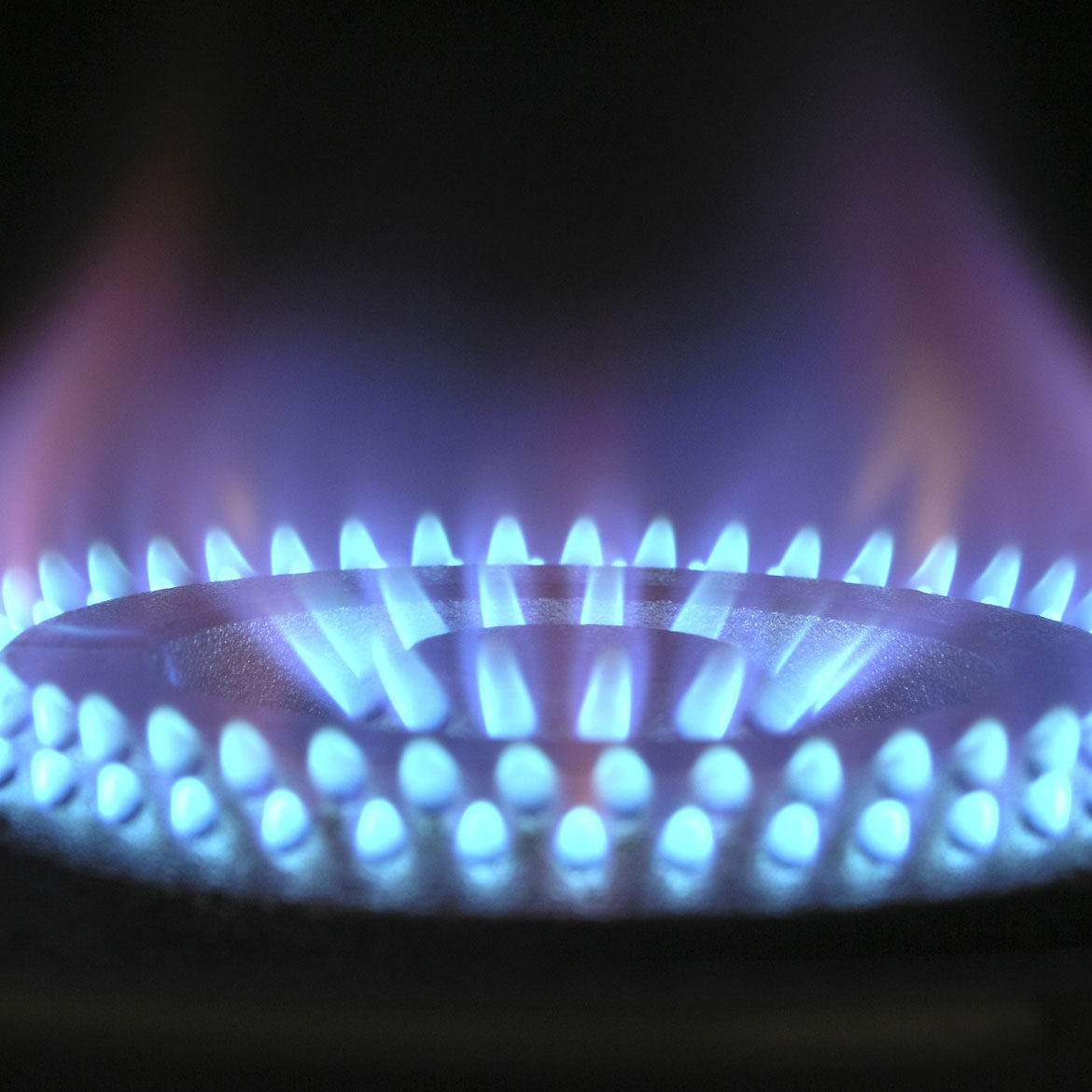Why fit gas pressure proving in a commercial kitchen?
We are still on occasion asked to supply a system that performs ventilation interlock alone, without gas pressure proving. Although we do have such a system, it was one of our first in fact, we don’t consider it best practice and would always recommend a combined gas pressure proving and ventilation interlock system.
Why?
Consider the following…
During normal usage the ventilation goes off regardless of reason, the ventilation interlock system will close the gas solenoid valve, isolating the incoming gas supply just as it should.
Any kitchen appliances using gas at this time would continue to do so until all the remaining gas (between the valve and appliances) is consumed at which point a flame failure device (if fitted) would isolate the appliance. If the appliances don’t have a flame failure you will be left with an ‘open end’.
But the problem occurs with the fact that you no longer have any gas pressure between the gas valve and outlets.
This would require either a visit from a Gas Safe engineer or a system capable of performing a down stream integrity check.
It is stated in IGEM/UP/1a edition 2 that:
Where a ‘safety shut-off valve’ has been automatically closed, before it can be re-opened, if there is any reasonable chance that the pressure has been lost on the downstream side, a tightness test should be performed before the valve is re-opened.
We feel it’s far the better of the two options to have in place a combined gas pressure proving and ventilation interlock system from the beginning and recommend accordingly.
- Published in Commercial Kitchens, Gas Detection
Individual laboratory control?
There are three main areas of gas control in education buildings:
- Boiler room
- Production Kitchen
- Teaching Areas – including Laboratories, Food Technology, etc.
Teaching areas unlike a boiler room or production kitchen allow access to gas outlets that are not limited to authorised or trained personnel but also students. Therefore control of gas is paramount for the safety of the building and its occupants.
When looking at designing or implementing gas safety control measures for a classroom consideration should be given to the user, equipment/appliances installed and potential for risk.
IGEM/UP11/Edition 2
- This standard sets down the minimum requirement for safety in educational establishments for architects, designers, science health and safety advisers, teaching and technical staff.
- It is recognised a Risk Assessment may indicate the need for additional safety measures.
An important part of UP11 is the statement that Laboratories should be designed as individual units with individual gas safety control per unit, this includes preparation rooms.
The Institute of Gas Engineers and Managers (IGEM) document UP11 edition 2 under Section 7: Laboratories 7.1 “Laboratories should be designed as individual units with individual gas safety controls for each unit.” For the purpose of the design standard, the term ‘laboratories’ includes ‘preparation rooms’. This is also supported in section 6.2.4.1. “The AIV should be fitted to each separate teaching area in which gas is being used.”
Additionally, from our own onsite experience from a PFI schools project where a single system was installed to try and control a number of laboratories gas supplies several operational issues where identified. Subsequently, the schools found it impractical to operate and the HSE became involved.
The main problems identified were:
- Any identified gas leak meant all classrooms were unusable until the leak was found and repaired.
- An accidental activation of an installed EM stop in one room caused all laboratories to lose gas.
- An open gas tap could mean all gas within the installation downstream from the AIV would escape and build up in a single room.
- The amount of gas pipework installed meant an increased fill and prove time.
- Gas cannot be isolated from an individual classroom when not in use.
- The operator on switching on the control panel was unable to see the gas taps, so would be unaware of any potential safety issue that would normally restrict or warrant gas remaining isolated.
Following these concerns, the HSE stated that each room must have its own gas safety system because when the proving panel is switched on the operative must be able to see all the gas outlets and potential considerations of risk.
Also, consider that the operative is responsible for allowing gas into a teaching area.
Operator control of the gas supply in a laboratory is the most effective way to ensure maximum gas safety and teaching time efficiency.
The most efficient way to achieve this is by means of a panel fitted behind the teacher’s desk that controls an automatic isolation valve (AIV). If the gas supply to the student benches is not required during a teaching period, the gas supply should be isolated from the room. A key switch and emergency stop button should be incorporated into such a panel.
The Institute of Gas Engineers and Managers (IGEM) document UP11 edition 2 states under 6.2.4.1 that “Where an AIV (gas solenoid valve) is required the system shall include a downstream integrity check before the valve can be reopened.”
Additionally, to UP11 there is further guidance for service control within Building Bulletin 80 (revised 2004) Science Accommodation in Secondary Schools – A Design Guide. Published by the Schools Building and Design Unit (SBDU).
“Services. All services should have a master control panel, which should be located near the main teaching (demonstration position). This allows the teacher to control access to services as required and also to shut off any or all in the event of an accident”
- Published in Gas Detection, Laboratory

